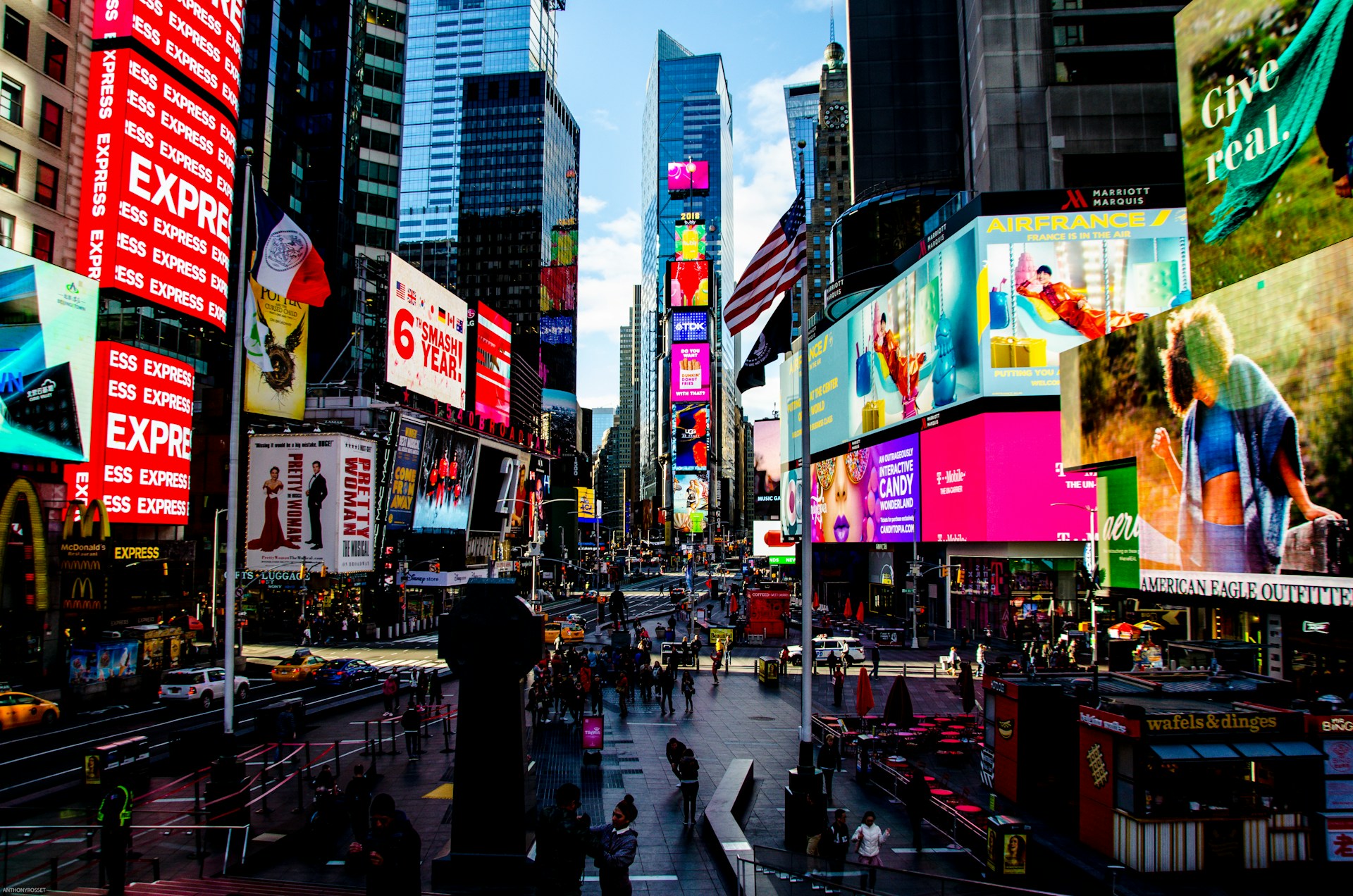I’ve been knee-deep in marketing trenches for more than a decade, and let me tell you—2025 is one of the most thrilling years yet! As AI, immersive tech, and first‑party data take center stage, the classic playbook is evolving fast. In this post, I'm sharing the standout tactics that are not only buzzworthy—but actually scaling growth in real markets. Let’s dive in!

AI‑Powered Personalization & Predictive Marketing
- What it is: Using AI‑driven analytics to predict behavior and customize experiences at scale.
- Why it matters: 81% of Gen Z favor personalized ads—this is no fad, it’s table stakes.
- How to execute:
- Integrate predictive analytics tools with CRM to forecast churn, CLV, and personal offers.
- Automate segmented email campaigns and dynamic site content based on behavior.
- Use LLMs and Generative AI for hyper-targeted content narratives—think personal shopper in your inbox.
- Example: Unilever used AI (like Nvidia Omniverse) to cut costly content creation by 55% and boost attention to assets by 3x.

Short-Form & Immersive Video Content
- What it is: Short‑form video (TikTok, Reels, Shorts), AR filters, and immersive experiences.
- Why it matters: Viewers crave bite-sized, interactive content—social commerce is booming.
- How to execute:
- Launch TikTok-style campaigns with shoppable AR filters.
- Combine short-form hooks with deeper long-form videos to build trust and loyalty.
- Use immersive tech at events—pop-ups with AR try-ons, live commerce setups.
- Example: F1’s Aston Martin team used beauty‑brand spa pop‑ups at races to sway a 41% female audience, blending lifestyle, social reach & live experiences.
AI SEO, AEO & Voice Optimization
- What it is: Optimizing content for AI answer engines (AEO), generative engines (GEO), and voice assistants.
- Why it matters: Traditional SEO alone isn't enough—you need to win mentions in Google AI Overviews, voice search, chatbots.
- How to execute:
- Structure content with Q&A, Schema markup, bullet lists.
- Write concise, conversational copy that voice assistants can read.
- Track generative mentions, not just SERP rankings.
- Example: Brands that prioritized AEO saw increased clipped search visibility even with lower CTR on traditional results.

Social Commerce & Creator-Led Campaigns
- What it is: Selling directly through social platforms and working with micro- and nano-influencers
- Why it matters: 29% of consumers discover brands through social ads; authenticity matters most
- How to execute:
- Set up Instagram and TikTok storefronts with native product tagging.
- User creator takeovers and co-created duets to build trust.
- Prioritize micro influencers (10K-100K followers) for high engagement and reliability
- Example: Brands see20-40% higher engagement per dollar spent with micro-influencers over celebs.
First‑Party Data & Privacy-Forward Strategies
- What it is: Building proprietary data via subscriptions, loyalty, zero-party inputs—while respecting privacy.
- Why it matters: With deprecation of third‑party cookies, FPD fuels personalization and trust.
- How to execute:
- Offer value exchange (exclusive content, early access) in return for user profile info.
- Use loyalty programs to tie purchases to identity.
- Be transparent—show users how their data gets used.
- Example: Brands with strong first-party infrastructure saw 30% higher customer retention and loyalty index scores.
Blended Brand+Performance Marketing
- What it is: Balancing long-term brand-building with direct response efforts.
- Why it matters: Firms over-allocating to performance can lose up to 50% ROI; balancing brand work drives 90% better returns.
- How to execute:
- Dedicate 40–60% budget to brand awareness (video storytelling, partnerships).
- Use direct response ads for retargeting, cart recovery.
- Harmonize messaging so brand drives funnel efficiency.
- Example: Estée Lauder’s new “Beauty Reimagined” digital pivot fuses in-store and online, using AI-driven personalization for both brand and performance goals.
Experiential & Guerrilla Marketing
- What it is: Surprise, immersive experiences in real life and digital environments.
- Why it matters: It cuts through digital clutter and builds talkability.
- How to execute:
- Launch guerrilla campaigns (e.g., pop‑up AR walls) in high-footfall areas.
- Embed interactive storytelling in product demos, events, or waiting periods.
- Capture UGC—encourage attendees to post and share.
- Example: Unexpected activations on streets drive 3x higher share rates vs. planned campaigns.
Conclusion
2025 isn’t about chasing trendy tactics—it’s about integrating advanced AI, first‑party data, immersive storytelling, and balanced marketing for sustainable growth. The brands that succeed won’t just acquire customers—they’ll build relationships, drive trust, and adapt faster than anyone else.
recent post
Book A Consultation





.jpg)






